
Marina Multhaup is an Associate at Barnard, Iglitzin & Lavitt—a law firm in Seattle, Washington, that represents unions, and a former student member of the Labor and Employment Lab at Harvard Law School.
Next week the Supreme Court will hear oral arguments in Cedar Point Nursery v. Hassid, where it will consider whether a 1975 rule by California’s Agricultural Labor Relations Board allowing union organizers intermittent access to employers’ property constitutes a “taking” under the Fifth Amendment. The case is odd because the California Supreme Court already declared the rule constitutional back in 1976 and the US Supreme Court refused to grant an appeal. So why is this forty-year old, little-known, little-used rule, at the center of a Supreme Court showdown? Andrew Strom writing for OnLabor argued that declaring the rule a taking would be totally contradictory to the Supreme Court’s Fifth Amendment jurisprudence. Others have speculated that that’s exactly what the Supreme Court is trying to do: dramatically expand the circumstances when government regulations constitute “takings.” From a labor perspective, it is significant that the fight over private property continues to erupt in the area of labor law, and specifically about a labor law that grants power to a group of historically disenfranchised workers who are overwhelmingly people of color and immigrants.
In the 1910s farmworkers in California began organizing with the Industrial Workers of the World. Due to exclusionary migration patterns California farmworkers were a diverse group of workers of color, including Mexican, Indigenous, Japanese, Black, Chinese, and Filipino workers. More than 10,000 farmworkers engaged in strikes and direct actions, letting crops rot to win contracts and chasing replacement workers off of their fields. In the 1930s, the newly created Cannery and Agricultural Workers Industrial Union (CAWIU) organized strikes of workers in the Central Valley, culminating in the 1933 San Joaquin Valley Cotton strike where tens of thousands of Latinx, Black and white farmworkers struck. The growers and police responded with violence, shooting 11 strikers and killing two. Growers pushed through anti-picketing laws across the state and helped arrest CAWIU leaders under criminal syndicalism charges. Fast forward to the 1960s when Cesar Chavez, Dolores Huerta, and other leaders formed the United Farm Workers and organized thousands of farmworkers, mostly Mexican and indigenous workers, leading strikes, boycotts, and civil disobedience actions up and down California. The Delano Grape Strike, for example, lasted five years and was accompanied by a consumer boycott that 17 million Americans participated in. Hundreds of UFW members were arrested for violating picketing injunctions, trespassing onto farms, and other infractions.
Farmworkers nationally have been excluded from most legal rights and worker protections. Due to anti-Black racism and wanting to uphold the white supremacist plantation-style economy of the South, farmworkers were excluded from the National Labor Relations Act, which protects workers’ right to unionize. Farmworkers were also excluded from the Fair Labor Standards Act and the Social Security Act (today farmworkers are guaranteed minimum wages but not overtime.) In 1975, due to relentless organizing by the UFW and a somewhat sympathetic governor, California passed the California Agricultural Labor Relations Act (ALRA). The law, modeled after the NLRA, granted farmworkers legal protections to unionize, to collectively bargain, and to strike. It established a five-member Agricultural Labor Relations Board (ALRB) and a General Counsel. For the first time, California farmworkers were extended the basic organizing protections that most other workers had exercised for forty years.
However, UFW argued that the ALRA wasn’t operative on its own. The UFW argued that because farmworkers worked and usually lived on 300-30,000 acre farms, never got the opportunity to leave, and were mostly migrants only working seasonally, the only way to effectuate the law was to allow union organizers access to farmworkers where they work. The UFW immediately lobbied the ALRB to use its legislative power to create a union access rule. The ALRB agreed and issued the rule which allows two union organizers per work crew to enter the employer’s property for one hour before work, one hour after work, and one hour during the working day to speak to workers about the union. Organizers must give advance notice of their entry and are prohibited from disrupting agricultural operations. The right of access only encompasses certain time periods before and after an election. In enacting the access rule the ALRB relied on the US Supreme Court’s findings that “organizational rights are not viable in a vacuum,” that in order to effectuate the right to organize, employees have to be able to learn about the union. The ALRB found that in contrast to industrial settings, alternative means of effective communication didn’t exist for farmworkers: home visits, mailings, or calls were “impossible” because farmworkers usually lived on farms, farmworkers spoke many languages other than English and didn’t have access to tv.
Immediately the rule was targeted by growers, prompting huge battles about the “infamous” union access rule. Opponents called it a “frightening and dangerous precedent leading to the further erosion and destruction of property rights of all citizens.” Growers sued but were stopped by the CA Supreme Court, which upheld the access rule against a takings charge. The CA court said it had been “thoroughly established” that “all private property is held subject to the power of the government to regulate its use for the public welfare.” The court went over twenty different ways that private property had been regulated and pointed out how, unlike in those other areas where “recalcitrant forces” eventually retreated, “curiously the concept of property rights has become a rallying cry in the field of labor law.” The US Supreme Court then refused to hear the case in October of 1976 “for want of a substantial federal question.” Thirty-five years later the conservative Pacific Legal Foundation brought the same takings charge against the same California rule, except this time the Supreme Court granted cert. If the Court declares the rule a taking it would mean that property owners would have to be compensated when organizers enter their fields, though it is unclear who would pay, perhaps the unions or the ALRB.
Today, 99% of farmworkers have no social security or disability insurance. 95% have no healthcare. Farmworkers’ poverty rate is double that of the rest of the U.S. Farmworkers have one of the lowest unionization rates of any sector. In California 96% of farmworkers are Latinx and 91% are migrants. Farmwork is difficult, physical, and sometimes grueling work. Cheryl Harris in her seminal article “Whiteness as Property,” argued that since the very beginning of our country, the conception of property rights has been legally racialized. She described how in the early years of our country, it wasn’t the concept of race alone that enslaved Black people and exterminated Native Americans, but the “interaction between conceptions of race and property,” which played a key role in first establishing and then protecting white supremacy. I can’t help but think of Harris when I think of Cedar Point Nursery. The fight today around the union access rule can look on the surface as a fight between differing conceptions of property regulation but when analyzed with a critical and historical lens it reveals fundamental issues of racial exclusion and white supremacy. Once again, conceptions of property rights and race are interacting in order to further exclude one of the most vulnerable groups of workers of color from even the most basic of protections.
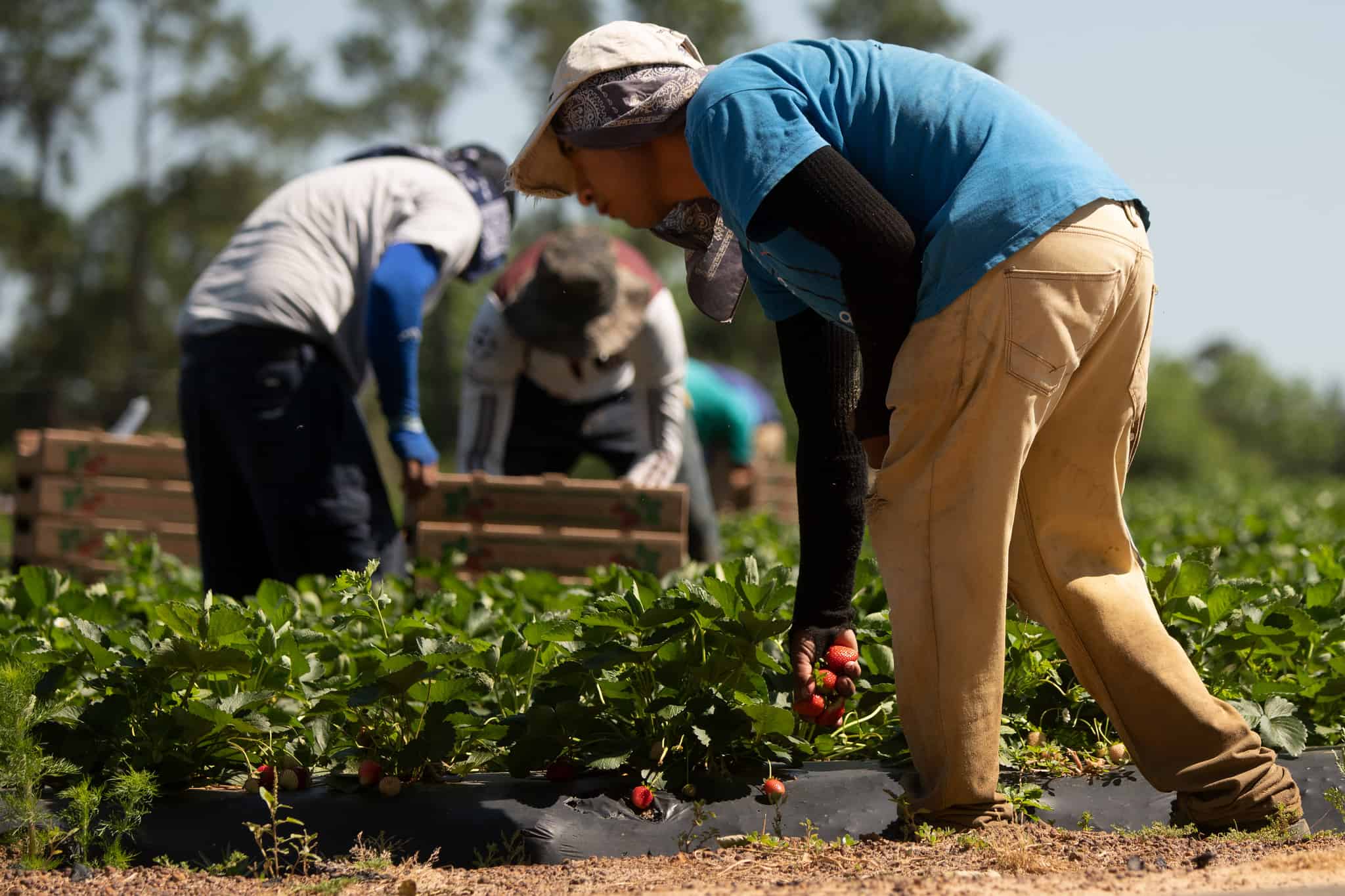
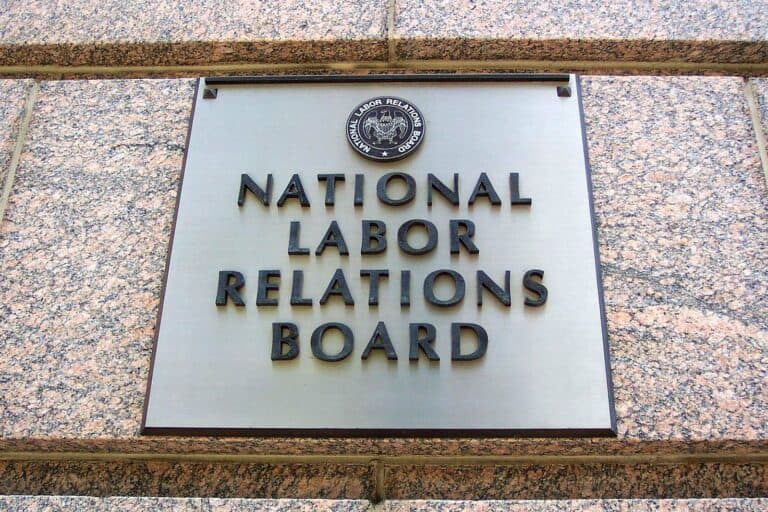

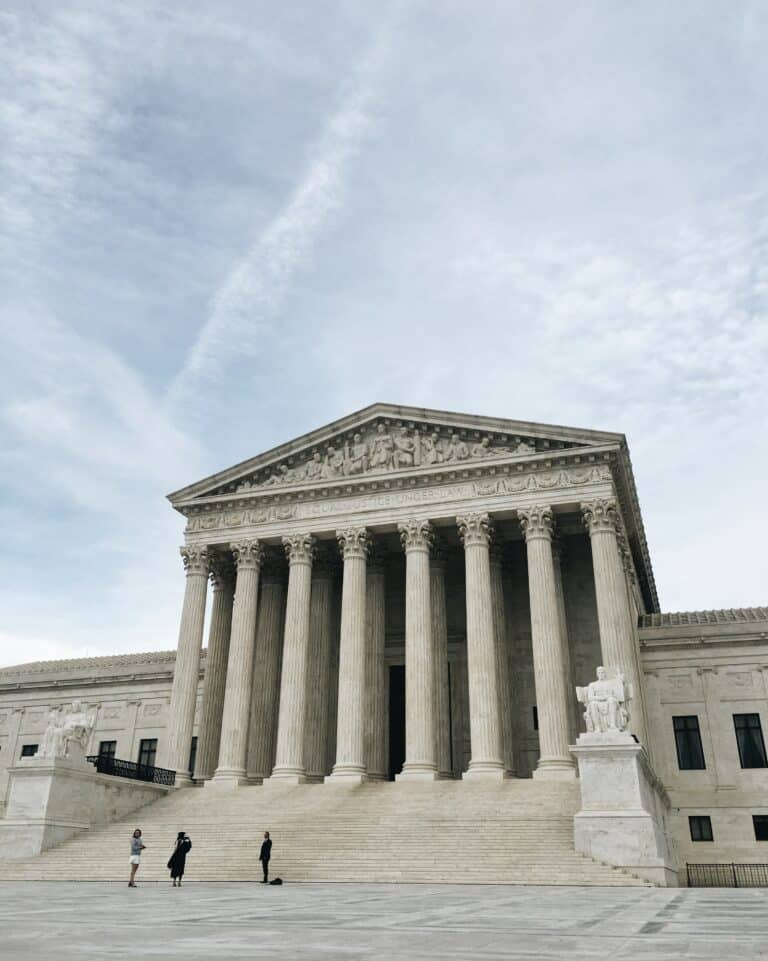
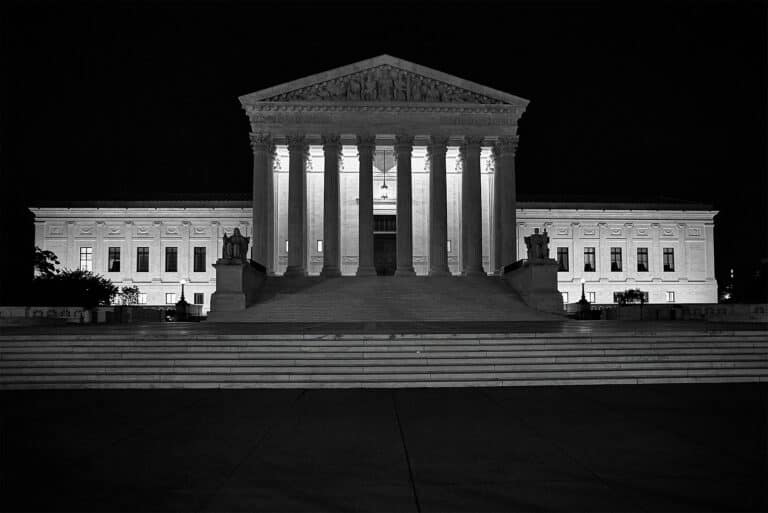




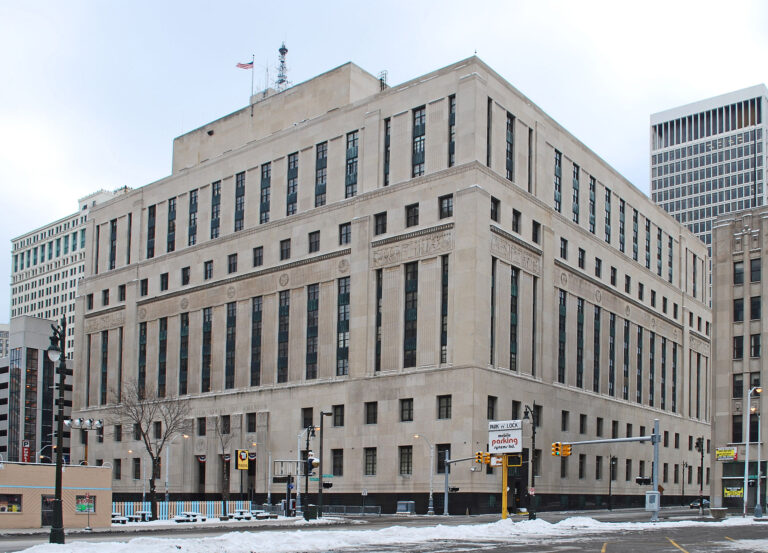
Daily News & Commentary
Start your day with our roundup of the latest labor developments. See all
December 13
In today’s News & Commentary, the Senate cleared the way for the GOP to take control of the NLRB next year, and the NLRB classifies “Love is Blind” TV contestants as employees. The Senate halted President Biden’s renomination of National Labor Relations Board Chair Lauren McFerran on Wednesday. McFerran’s nomination failed 49-50, with independents Joe […]
December 11
In today’s News and Commentary, Biden’s NLRB pick heads to Senate vote, DOL settles a farmworker lawsuit, and a federal judge blocks Albertsons-Kroger merger. Democrats have moved to expedite re-confirmation proceedings for NLRB Chair Lauren McFerran, which would grant her another five years on the Board. If the Democrats succeed in finding 50 Senate votes […]
December 10
In today’s News and Commentary, advocacy groups lay out demands for Lori Chavez-DeRemer at DOL, a German union leader calls for ending the country’s debt brake, Teamsters give Amazon a deadline to agree to bargaining dates, and graduates of coding bootcamps face a labor market reshaped by the rise of AI. Worker advocacy groups have […]
December 9
Teamsters file charges against Costco; a sanitation contractor is fined child labor law violations, and workers give VW an ultimatum ahead of the latest negotiation attempts
December 8
Massachusetts rideshare drivers prepare to unionize; Starbucks and Nestlé supply chains use child labor, report says.
December 6
In today’s news and commentary, DOL attempts to abolish subminimum wage for workers with disabilities, AFGE reaches remote work agreement with SSA, and George Washington University resident doctors vote to strike. This week, the Department of Labor proposed a rule to abolish the Fair Labor Standards Act’s Section 14(c) program, which allows employers to pay […]